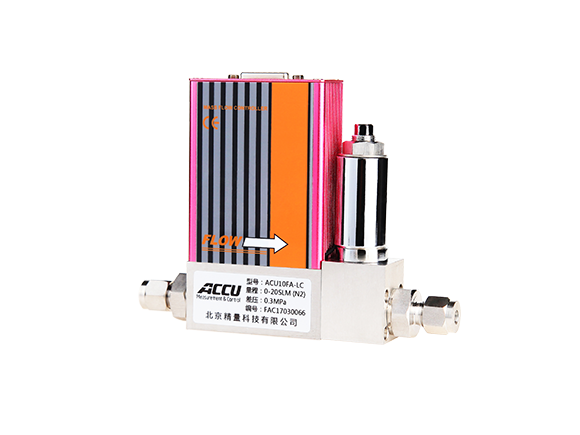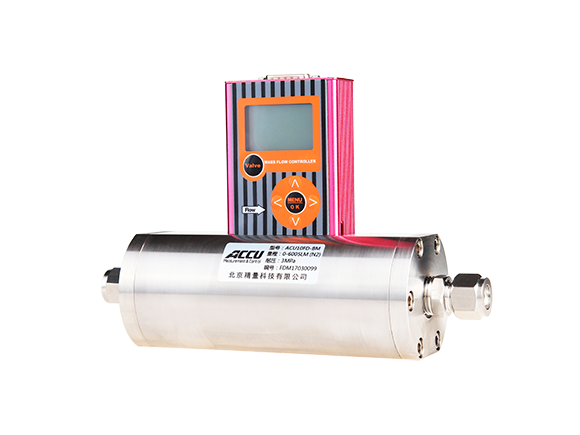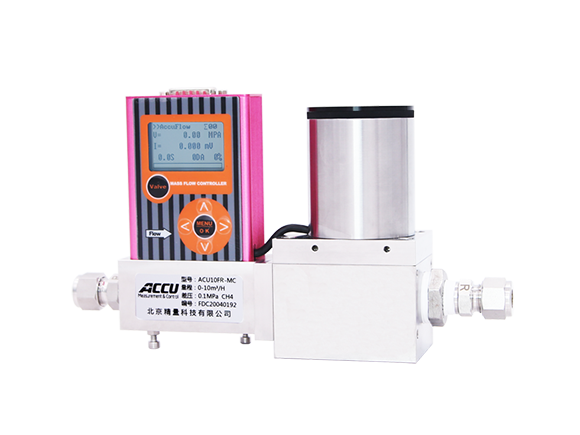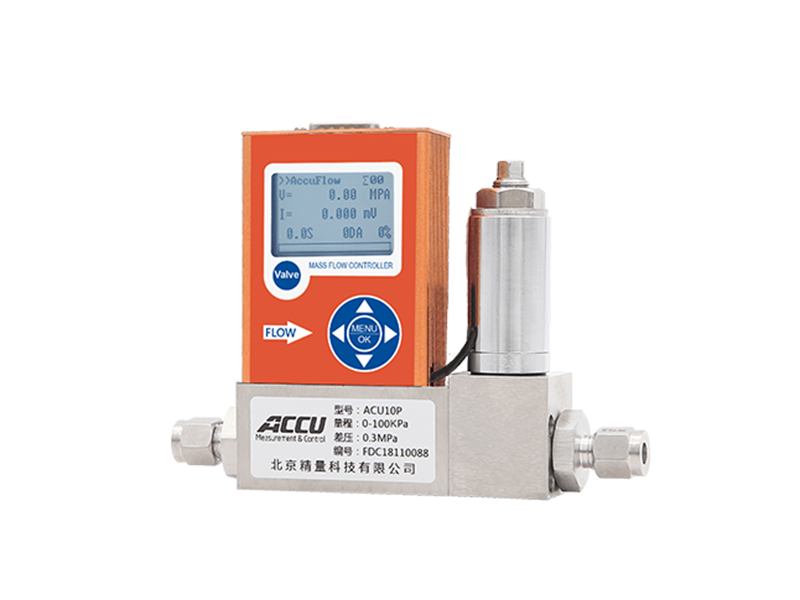About the selection of flow meters
(I) Factors in Flow Meter Selection:
Considerations include process requirements, flow meter performance, fluid characteristics, installation conditions, environmental conditions, and economic factors. For example:
1. Instrument Performance: Accuracy, repeatability, linearity, rangeability, flow range, signal output characteristics, response time, pressure loss, etc. These conditions must match the process requirements in the project design to achieve the target process requirements.
2. Fluid Characteristics: Parameters such as temperature, pressure, density, viscosity, chemical corrosion, abrasion, scaling, multiphase flow, phase change, and conductivity of the medium; different parameters are required for different types of flow meters. For mass flow meters, the parameters are relatively simple, and generally only the approximate temperature and pressure of the medium need to be known.
3. Installation Conditions: Pipeline layout direction, flow direction, straight pipe section length upstream and downstream of the measuring element, pipe diameter, maintenance space, power supply, grounding, auxiliary equipment ( Filters, degassers ) , etc.
4. Environmental Conditions: Ambient temperature, humidity, electromagnetic interference, safety, explosion-proof, pipe vibration, etc.;
5. Economic Factors: Instrument purchase cost, installation cost, operating cost, calibration cost, maintenance cost, spare parts, etc.

ACU10L Digital Liquid Flow Controller/Flow Meter
(II) Steps in Flow Meter Selection:
1. Preliminary selection of instrument types based on fluid type and considerations ( Several types should be available for selection );
2. Collect information and price information on the preliminary types to prepare for in-depth analysis and comparison;
3. Use the elimination method to gradually focus on 1 ~ 2 types. The five factors should be repeatedly compared and analyzed to finally determine the pre-selected target.
(III) Notes:
Fluid characteristics mainly refer to the pressure, temperature, density, viscosity, and compressibility of the measured medium. Since the volume of the measured medium changes with temperature and pressure, it should be considered whether compensation correction is needed. If a mass flow meter is selected, no additional compensation correction needs to be considered, because the mass flow meter will automatically convert to mass flow or standard volume flow.
Instrument performance refers to the accuracy, repeatability, linearity, range ratio, pressure loss, starting flow, output signal, and response time of the instrument. When selecting a flow meter, the above indicators should be carefully analyzed and compared to select an instrument that meets the flow requirements of the measured medium.
Installation conditions refer to the flow direction of the measured medium, pipeline direction, upstream and downstream straight pipe length, pipe diameter, spatial position, and pipe fittings, etc. These will affect the accurate operation, maintenance, and service life of the flow meter. For mass flow meters, the length of the straight pipe generally does not need to be considered.
Economic factors refer to the purchase cost, installation cost, maintenance cost, calibration cost, and spare parts, etc.
Accuracy grade and function: Select the accuracy grade of the instrument according to the measurement requirements and application or process requirements to achieve economic efficiency.
Previous page
Previous page:
Related Products












